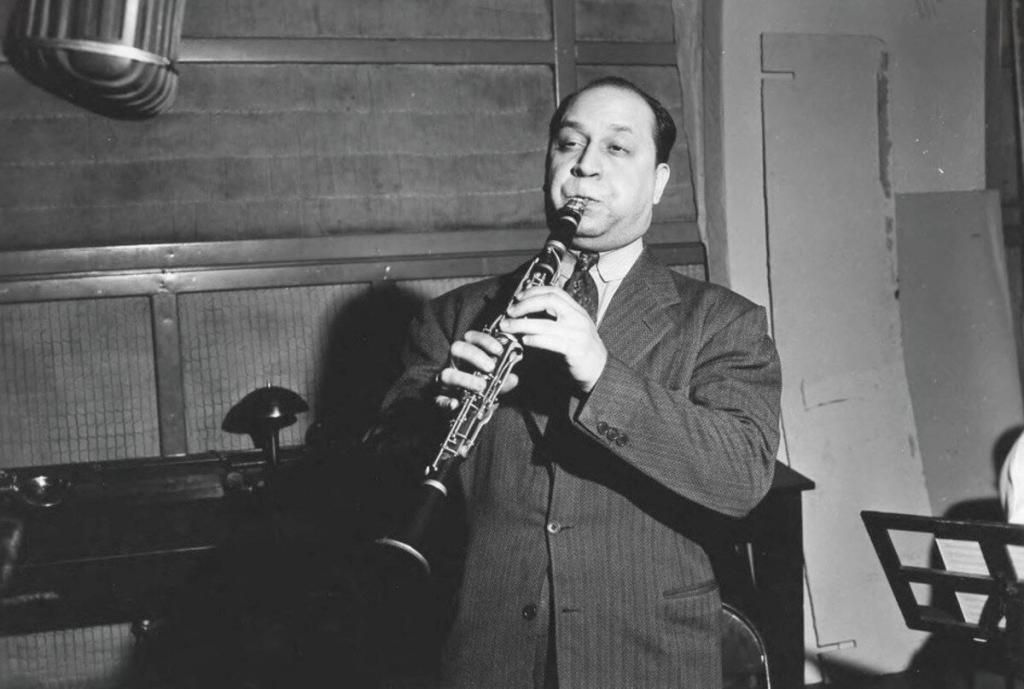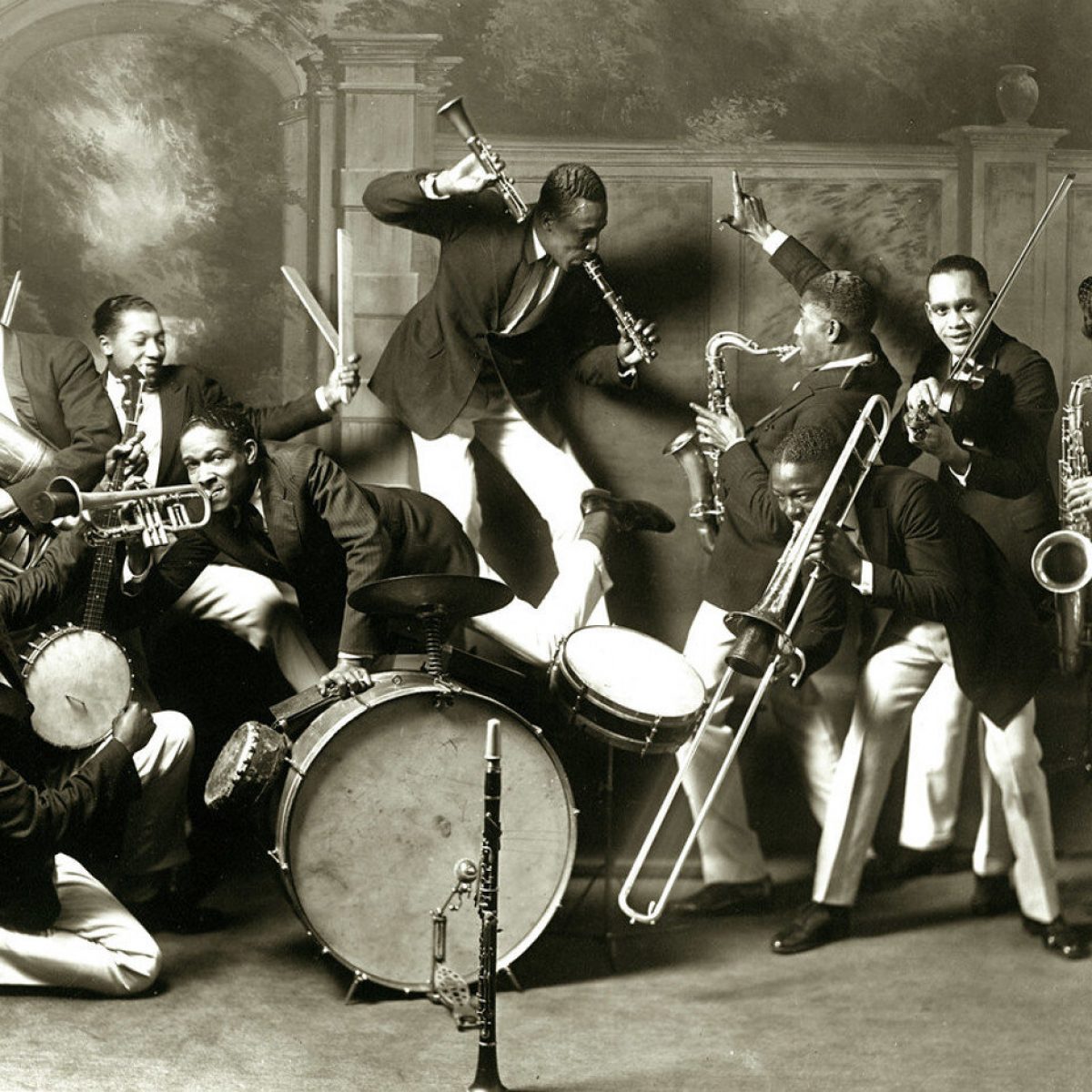![]() As a young man in New Orleans, Barney Bigard (March 3, 1906 – June 27, 1980) took clarinet lessons with Lorenzo Tio Jr. and Papa Tio. He played the instrument in parades in New Orleans, but first became known as a tenor-saxophonist.
As a young man in New Orleans, Barney Bigard (March 3, 1906 – June 27, 1980) took clarinet lessons with Lorenzo Tio Jr. and Papa Tio. He played the instrument in parades in New Orleans, but first became known as a tenor-saxophonist.
After working with several groups in New Orleans, Bigard moved to Chicago where he played with King Oliver from 1925 until 1927. He would also record with Jelly Roll Morton, Johnny Dodds and Louis Armstrong while in the Windy City.
In 1927, Bigard toured with Oliver, but quit shortly afterwards and played for a little with the Charles Elgar’s Creole Orchestra and Luis Russell Orchestra. Bigard found his niche with Duke Ellington’s Orchestra, where he almost exclusively played clarinet. Between 1927 and 1942 he was featured on many of Ellington‘s classic recordings, including “Mood Indigo”which Bigard co-composed.
When he grew tired of touring and quit the band in 1942, Bigard played with Freddie Slack’s big band, and Kid Ory’s Creole Orchestra. He also appeared in the 1946 film “New Orleans.” In 1947, Bigard joined the Louis Armstrong All-Stars, and constantly toured the world with the group until 1955, when he left the band. He later re-joined the band from 1960-61. He spent 1958-59 with Cozy Cole’s big band.
Bigard was semi-retired after 1962, but still played now and then, recording with Earl Hines, and playing in a Johnny St. Cyr’s Dixieland band called the Young Men from New Orleans at Disneyland in Anaheim, California.
| Barney Bigard and his Jazzopators | Barney Bigard and his Orchestra |
| Barney Bigard Sextet | Barney Bigard Trio |
| Barney Bigard Quintet |

| Title | Director | Year |
| Black And Tan Fantasy | Dudley Murphy | 1929 |
| Symphony In Black | Fred Waller | 1935 |
| Hot Chocolate | Josef Berne | 1941 |
| New Orleans | Arthur Lubin | 1947 |
| St. Louis Blues | Allen Reisner | 1958 |
| With Louis And The Duke by Barney Bigard, edited by Barry Martyn, Oxford University Press, 1985 |
Redhotjazz.com was a pioneering website during the "Information wants to be Free" era of the 1990s. In that spirit we are recovering the lost data from the now defunct site and sharing it with you.
Most of the music in the archive is in the form of MP3s hosted on Archive.org or the French servers of Jazz-on-line.com where this music is all in the public domain.
Files unavailable from those sources we host ourselves. They were made from original 78 RPM records in the hands of private collectors in the 1990s who contributed to the original redhotjazz.com. They were hosted as .ra files originally and we have converted them into the more modern MP3 format. They are of inferior quality to what is available commercially and are intended for reference purposes only. In some cases a Real Audio (.ra) file from Archive.org will download. Don't be scared! Those files will play in many music programs, but not Windows Media Player.





















